The work in its original condition could be lightly cleaned, I can organize it too. It is signed lower left and represents deep-sea fishermen pulling their nets.
Louis Alexandre Marie Nattero was born on October 16, 1870 in Marseille, 1 rue du Pharo, from the second marriage of Dominique Nattero to Jeanne Joussaume.
Quickly, his parents separated in 1872 and, in 1880, Louis was placed in an orphanage.
Passionate about drawing, he produced his first works at the age of 11: portraits that he managed to sell in order to survive.
After an unhappy childhood, he turned to painting.
In 1891, in Toulon, he married Lucie Durbec with whom he had nine children. His son, Joseph Nattero, born in Marseille in 1904, will follow in his father's footsteps and paint all his life.
At the age of 26, from October 1896 to April 1897, thanks to a grant from the city of Toulon, he attended the National School of Fine Arts in Paris for a few months, where he studied with Léon Bonnat.
However, he suffers from lead poisoning and must, with regret, stop his studies in Paris.
He then returned to Toulon, then settled permanently in Marseille, his birthplace, in 1904. He also stayed in Aix-en-Provence.
His talent was quickly recognized and his paintings were a great success from 1905. He participated in most of the salons in the Marseille and Toulon region and worked hard to feed his large family.
In Toulon, he exhibits, among others, at the framer Lacqua (31 rue d´Alger) and at the Albano gallery (rue des Trois Dauphins). In 1902 he was present at the Friends of the Arts exhibition in Toulon and won several prizes.
In Marseille, his studio is located on Boulevard de la Corderie and his works appear regularly at the Vallet gallery, rue Paradis. He exhibited at the Salon of the Student Association and at the Grand Cercle Républicain in 1905.
In 1914, war broke out and three of his sons left for the front. His painting is no longer selling. He was overcome by deep despair.
On November 10, 1915, at his home, 42 bd Joachim in Marseille, he ended his life by firing a revolver in front of his son Joseph.
After a ceremony at the church of Bonneveine, he is buried in the mass grave in the cemetery of Mazargues. The day after his death, the Little Marseillais launched a fundraising campaign to help his widow and children. In the Pointe Rouge district, Marseille town hall gives its name to a roundabout.
In 2004, the Musée du Vieux Toulon organized an exhibition: "Louis Nattero (1870-1915) - Victor Senchet (1879-1973), painters".
The sea
Fishing boats
Louis Nattero is above all a painter of the Mediterranean.
For him, she is the real subject of expression when he paints the poetry of a twilight, the dormant wave of the creeks, the fishermen hauling their nets in an almost hushed calm. He is not the painter of tumult.
In his work, the characters are rare, often distant: a sailor drinking feast, a boat on the horizon, fishermen mending their nets, walkers on a quay. Like a photographer, he captures his subjects in everyday life and interprets them freely.
Largely influenced by the Impressionists, Nattero made light an essential element of his painting.
“The vibrant note, this is indeed the goal Nattero wants to achieve: to that, he does not hesitate to sacrifice the precise line. It gives the impression of a swarming crowd admirably on our sunny quays, in our picturesque old streets with skilfully affixed impasto. "
- Marseille Student, May 1905
He knows the secret of pure colors perfectly well and it is with precision that he deposits a touch of red on a fisherman's hat or a touch of white on the bounce of a wave. Her palette evolves in shades of blue, mauve, pink, pearly shades, warm ocher against twilight; crashing waves changing from metallic emerald to the clearest, milky green ashes.
He forgets the dark.
Works
La Patache in the port of Toulon, oil on canvas, 46 × 61 cm, 1902-1905, Toulon Art Museum.


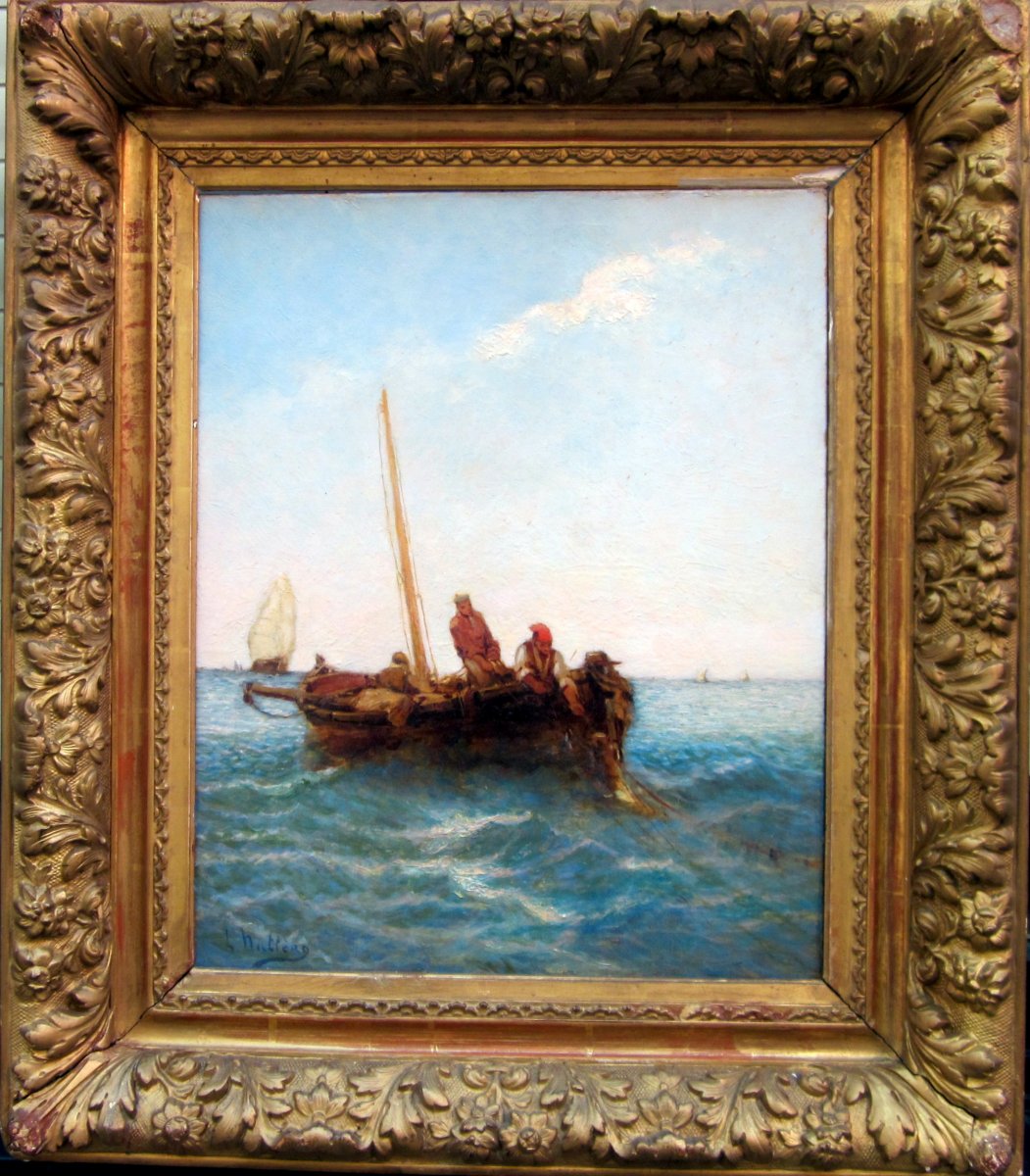
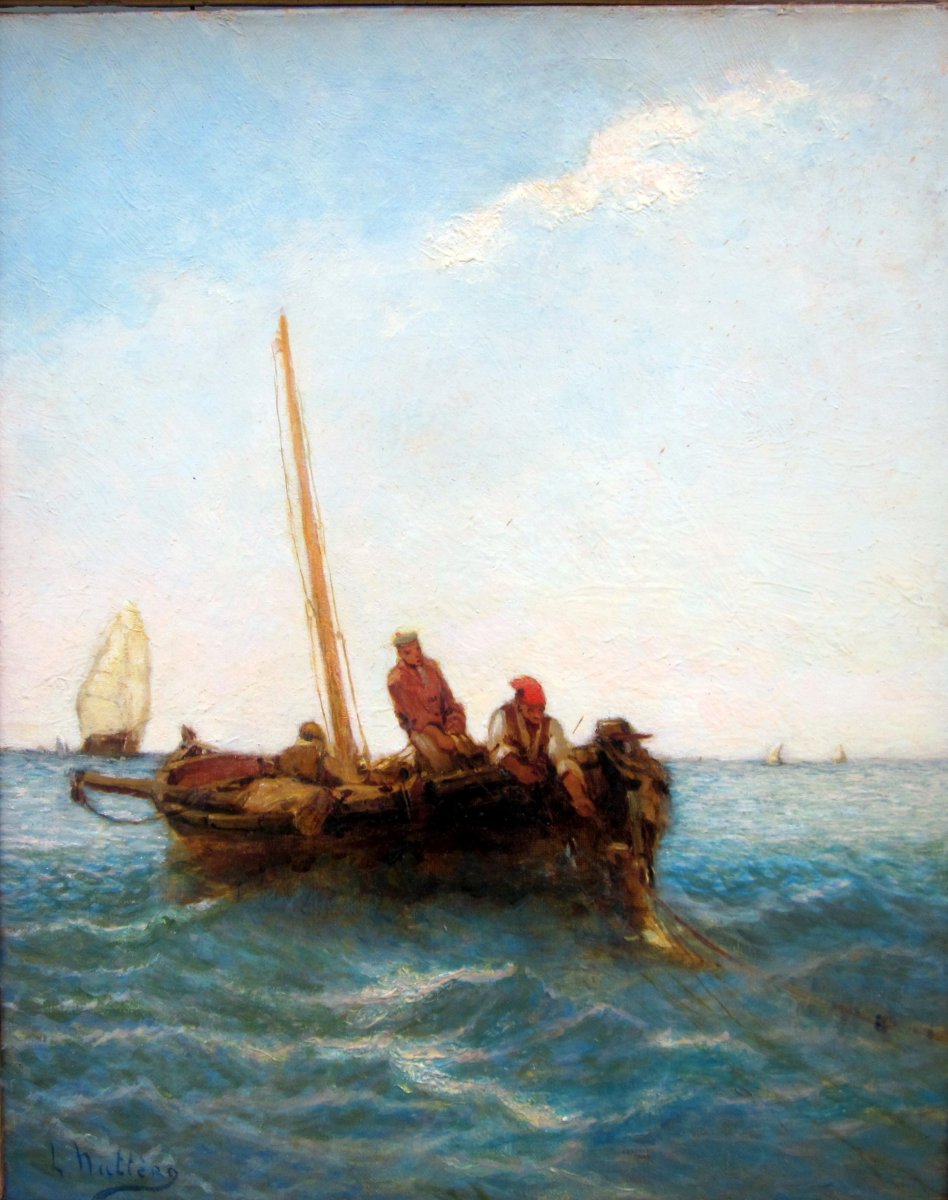



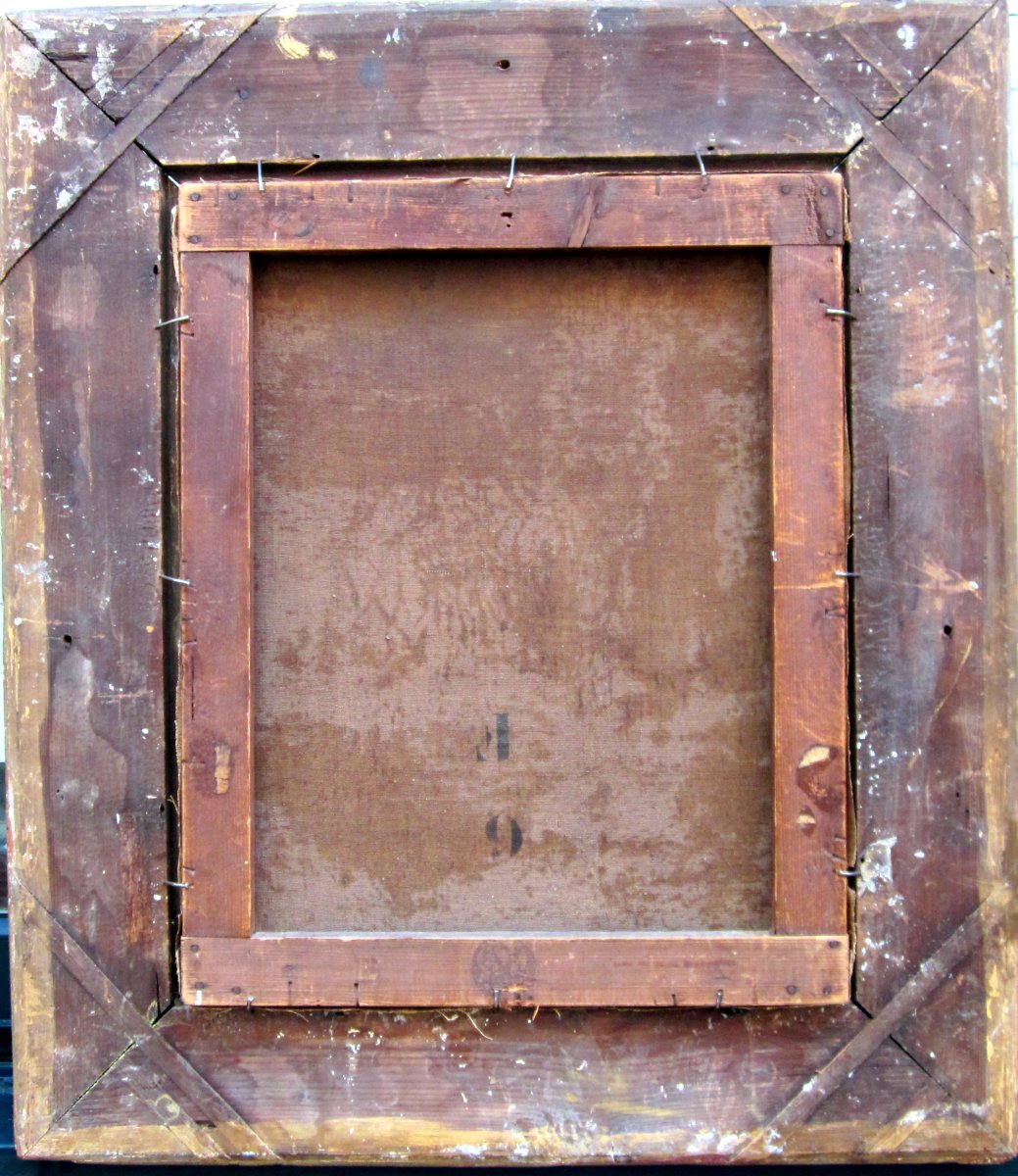


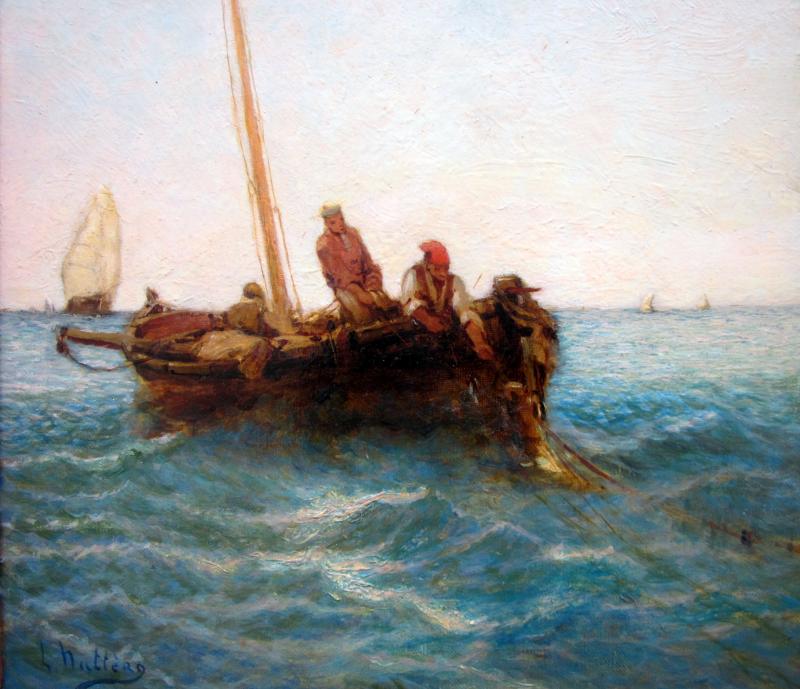
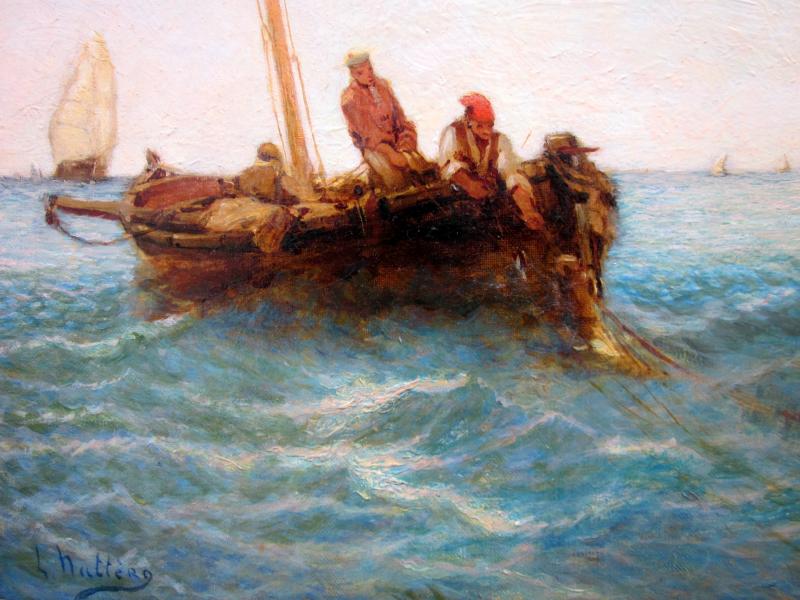
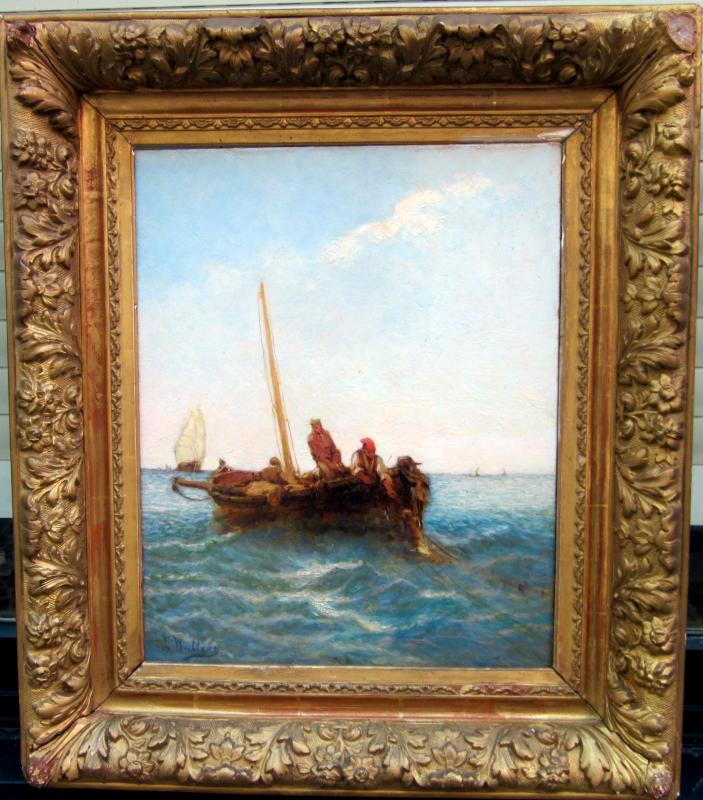


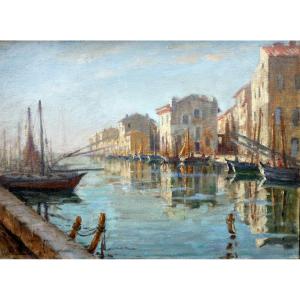


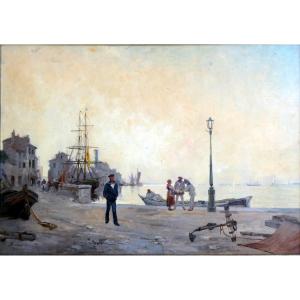
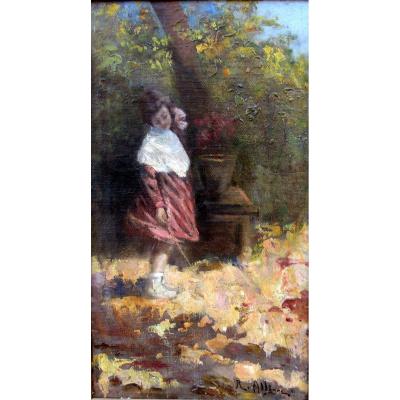
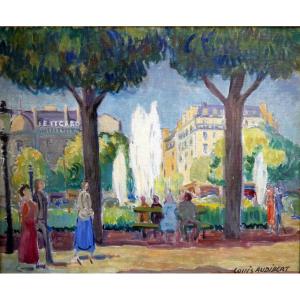

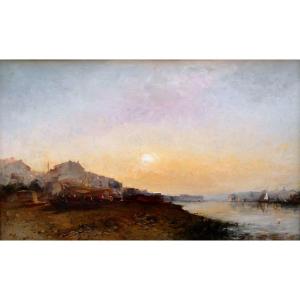
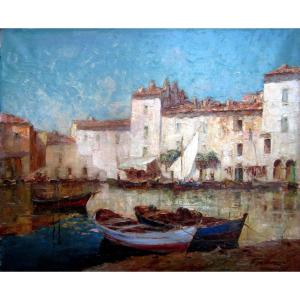


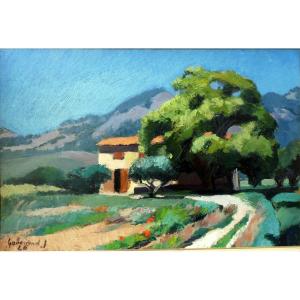
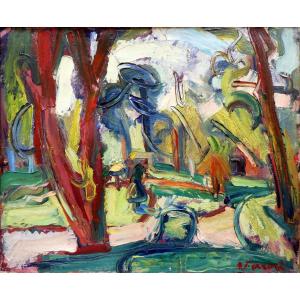

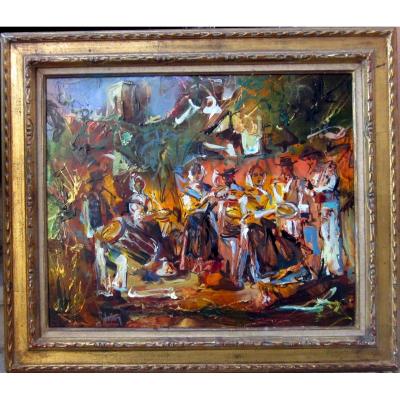


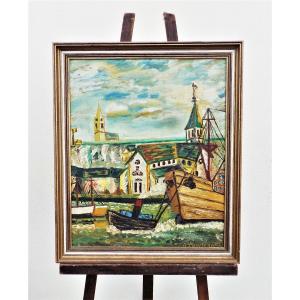





 Le Magazine de PROANTIC
Le Magazine de PROANTIC TRÉSORS Magazine
TRÉSORS Magazine Rivista Artiquariato
Rivista Artiquariato